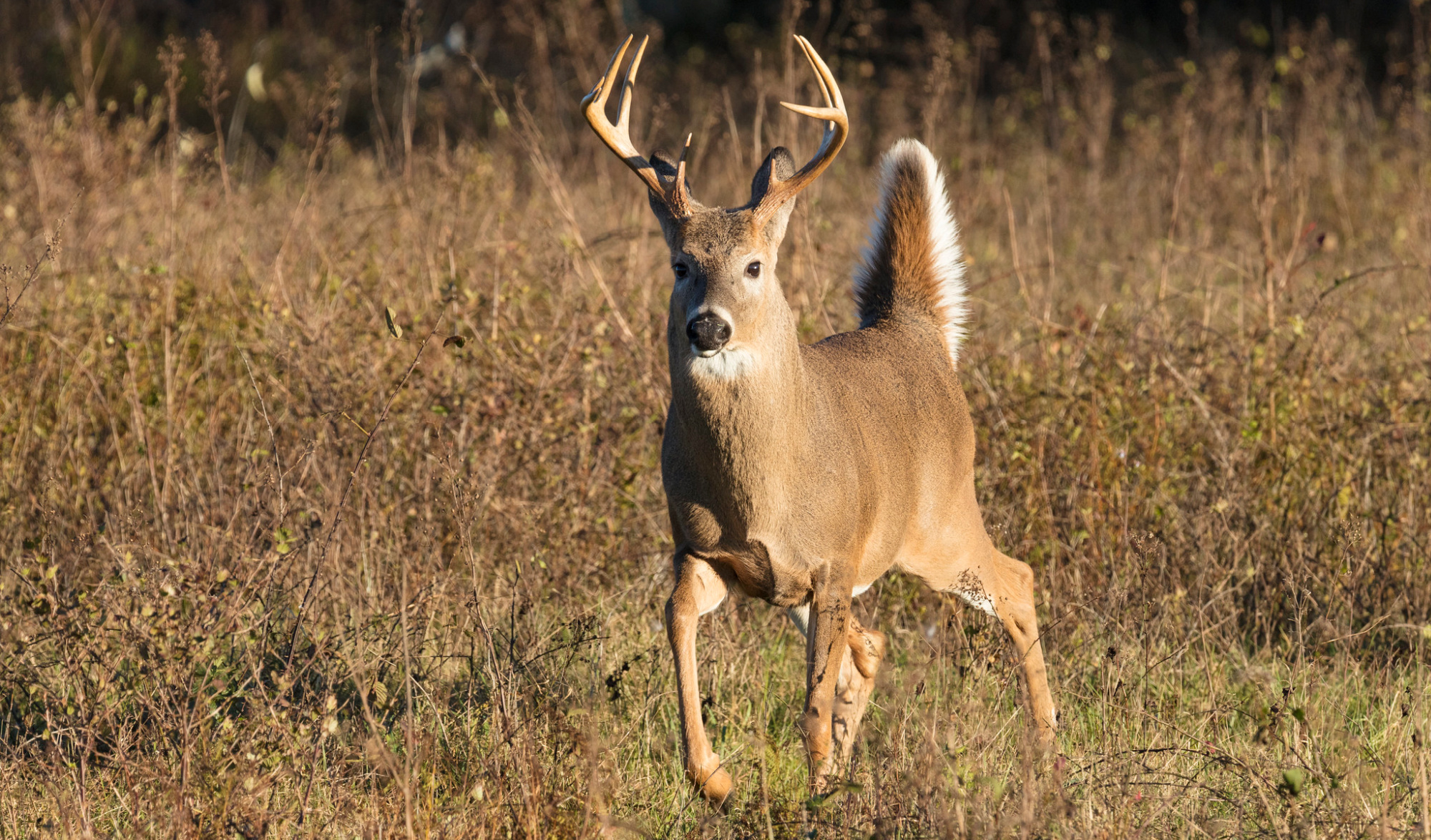On Friday, the Indiana Department of Natural Resources announced that the state’s first positive chronic wasting disease test has shown up in a free-roaming deer that was harvested near the Michigan border. The hunter shot the infected buck in LaGrange County during the 2023 season. The buck tested positive for the disease twice in two separate tests, DNR deer program lead and biologist Joe Caudell tells Outdoor Life.
The first test happened at the Animal Disease Diagnostic Lab at Purdue University. After the test came back positive, researchers sent the sample to the National Veterinary Services Laboratory in Ames, Iowa to confirm presence of the disease with a second, independent test. Results from that second test came back on Wednesday, Caudell says.
April might seem like a strange month to determine the CWD status of a hunter-harvested deer. But the testing process for this particular buck occurred as part of a program that engages Indiana taxidermists on CWD surveillance. The DNR, the National Deer Association, and taxidermists across the state piloted the taxidermist incentive program for a few years before going fully operational during the 2023-2024 hunting season. As part of that program, the state pays participating taxidermists $10 for every set of lymph nodes they submit for CWD testing.
The discovery doesn’t come as a huge surprise, Caudell says. Every state that borders Indiana is already a host state for CWD, so to say it was coming at Hoosier deer from all angles would be an understatement. Biologists were especially concerned about the northern Indiana region.
“We had done prior intensive surveillance in that area,” Caudell says. “This is one of those areas that we were always keeping an eye on. We wanted to make sure we had taxidermists participating there, and when we got sick deer calls from that area we were always on a little bit higher alert, because of that proximity to Michigan.”
CWD first showed up in Michigan’s free-roaming deer in 2015. That discovery occurred in Meridian Township in the central part of the Lower Peninsula.
Indiana DNR will continue to monitor deer herds for more signs of disease spread, Caudell says. During the 2024-2025 hunting season, there will be a renewed emphasis on testing and reporting. But their approach to surveillance and response is largely regional and dependent on whether nearby deer herds are salvageable or already infected.
Read Next: Here’s What Top Chronic Wasting Disease Researchers Can’t Say on the Record
“We’ve got it broken down into a few different areas. If we find CWD that’s adjacent to free-ranging deer populations that already have CWD, trying to reverse the situation or stop the spread has not been effective in a lot of other states,” Caudell says. “If we find it in other parts of the state [without additional presence in nearby free-ranging populations], like southern Indiana, that would trigger other responses. But in this case, [we will just continue] monitoring.”
“We’ve got CWD now,” he continues. “We’re just going to learn to live with it in those parts of the state.”

